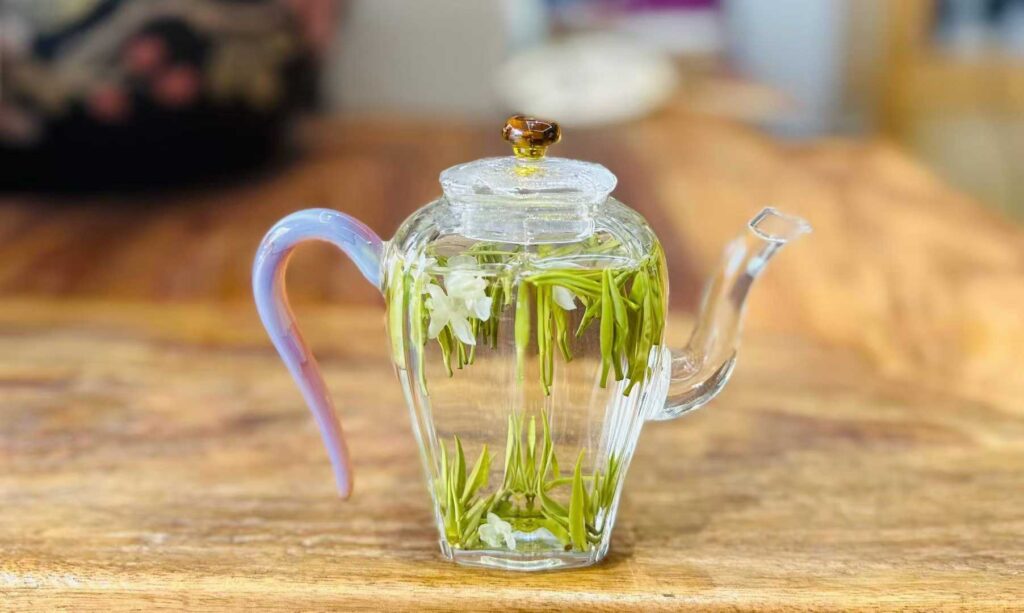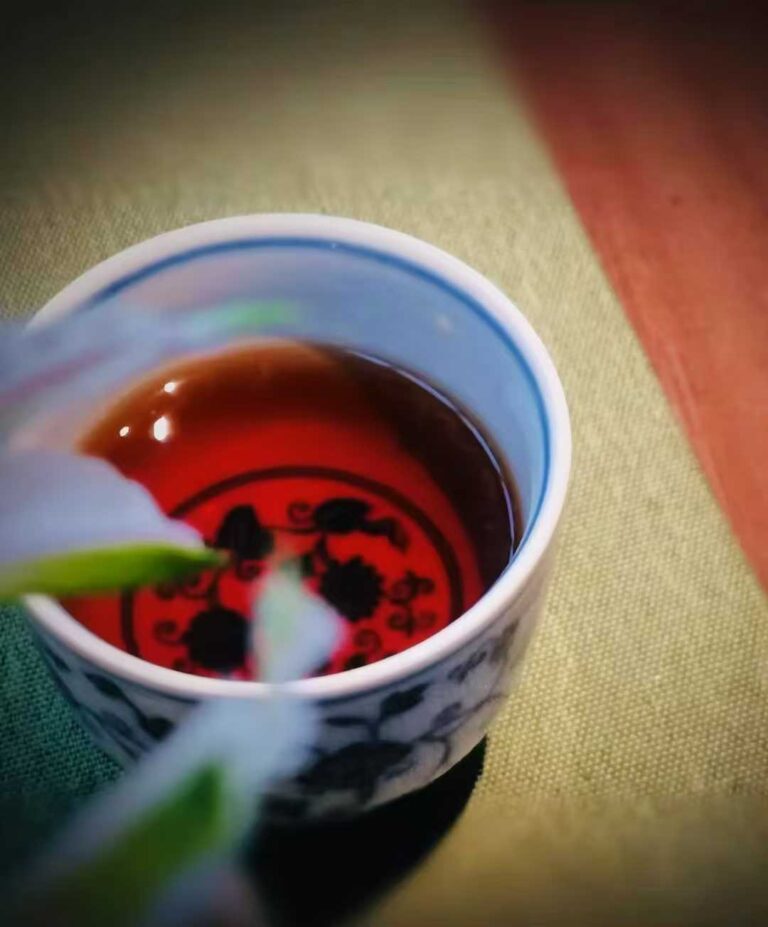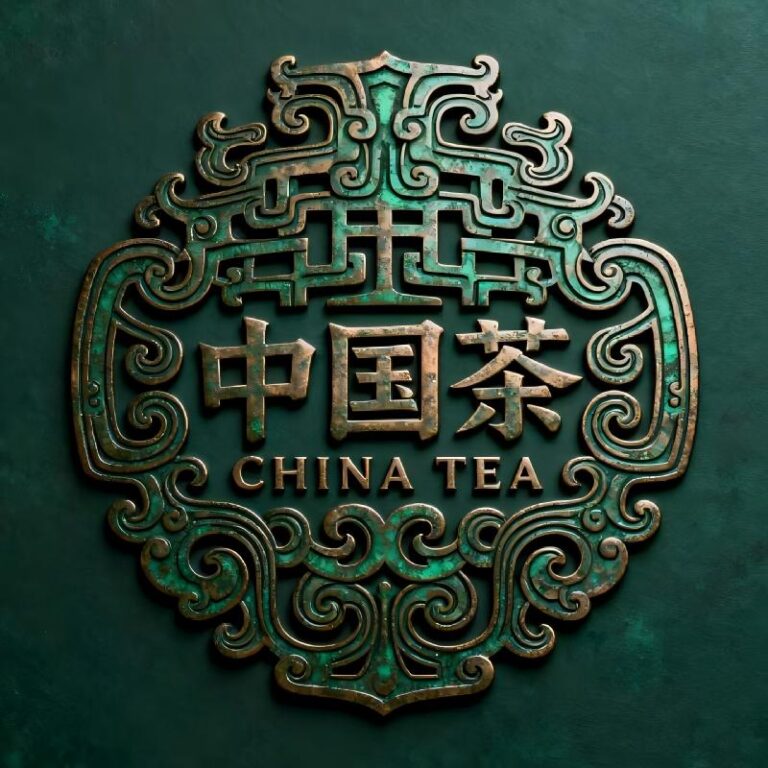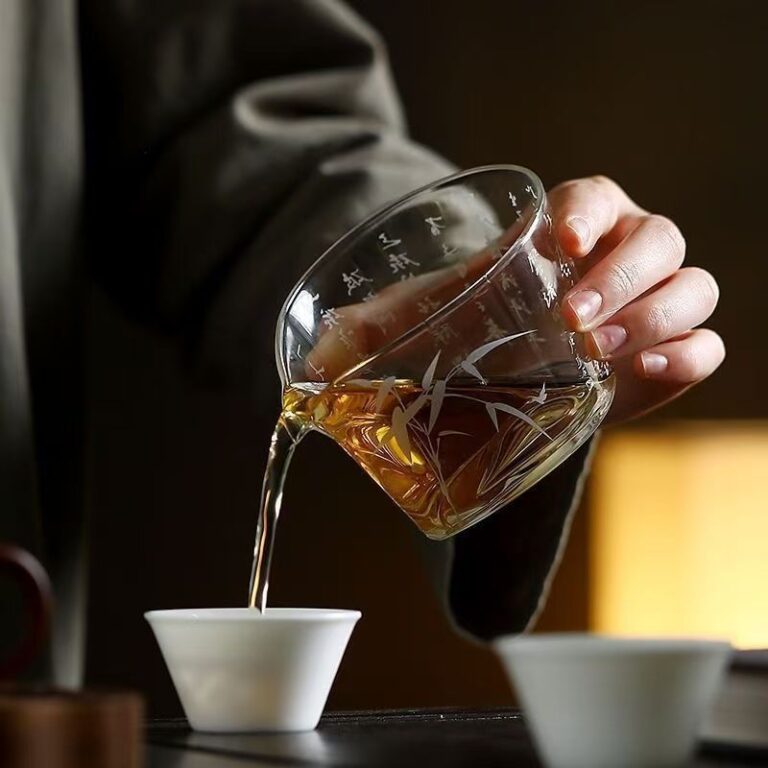Free Shipping On Orders Over $59
Jasmine tea is a beloved treasure of Chinese tea culture, celebrated for its delicate floral aroma, smooth taste, and calming vibe. Unlike plain green or black teas, it infuses tea leaves with fresh jasmine blossoms, creating a harmonious blend of floral sweetness and tea’s natural character. Whether you’re a fan of light, aromatic beverages or new to scented teas, this guide will walk you through everything you need to know: its rich history, popular varieties, how to brew it perfectly, and the wellness benefits that make it a daily favorite. Let’s dive into the fragrant world of this beloved drink!

The Origin & History of Jasmine Tea
This beverage’s story is deeply tied to China’s tea-making heritage, with centuries of tradition shaping its unique production. Understanding its roots helps you appreciate its craftsmanship even more.
- Where It Originated:Jasmine tea first emerged in China’s Fujian Province over 800 years ago, during the Song Dynasty (960–1279). However, it gained widespread popularity during the Ming Dynasty (1368–1644), when tea makers perfected the art of infusing tea leaves with jasmine blossoms.
- Top Producing Regions in China:Today, Fujian remains one of the top producers, along with other provinces like Guangxi (known for bold floral flavor), Jiangsu (famous for delicate blends), and Zhejiang (renowned for high-grade green tea-based versions).
- Climate Conditions for Growth:China’s warm, humid climate is perfect for growing both jasmine flowers and tea bushes. Specifically, jasmine blooms at night, releasing its strongest aroma after sunset—this nightly cycle is key to production, as makers must harvest flowers and infuse them at peak fragrance.
The Traditional Production Process
Its magic lies in labor-intensive “scenting” of tea leaves with fresh jasmine blossoms. This isn’t just mixing— it’s a precise process that takes days.
- Step 1: Harvesting Blossoms at the Right Time
- Jasmine flowers are picked in the afternoon, when still in bud form. Makers wait until nightfall, when buds fully open and release intense aroma— the only time to capture their full scent.
- Step 2: Layering Leaves & Blossoms
- Next, tea leaves (usually green, though black or oolong are sometimes used) are spread in thin layers on bamboo trays. Fresh jasmine blossoms are scattered on top, and the mixture sits in a cool, dark room overnight to absorb scent.
- Step 3: Repeating for Depth
- For high-quality blends, this layering is repeated 3–7 times. More rounds mean richer aroma. After the final step, blossoms are removed (some premium versions leave petals for appeal), leaving infused leaves.
How It Became a Global Favorite
By the 19th century, it spread beyond China, reaching Japan (adapted into “jasmine sencha”) and Taiwan (creamy oolong-based versions). Eventually, it reached the West, becoming a refreshing alternative to coffee and plain tea.
Popular Varieties of Jasmine Tea
It isn’t one-size-fits-all— flavor varies by tea base, scenting rounds, and region. Here are top varieties to look for.
- Jasmine Green Tea: The Classic Choice, made by infusing green tea leaves with jasmine. It has a light, grassy base with bright floral notes and a clean finish. Popular bases include Dragon Well (nutty, smooth), Maofeng (fresh, vegetal), and Sencha (crisp, mild for daily sipping).
- Jasmine Black Tea: A Rich Alternative, this pairs fully oxidized black leaves with jasmine. It offers malty black tea flavor balanced with sweet floral notes. It has deeper amber liquor and pronounced tea flavor, with jasmine adding sweetness. It pairs well with milk or honey, though purists enjoy it plain. Common bases include Lapsang Souchong (smoky twist) and Keemun (fruity, wine-like).
- Jasmine Oolong Tea: A Creamy Middle Ground, made with partially oxidized oolong. It has creamy texture from oolong and floral aroma, creating smooth sipping. Oolong’s medium oxidation gives it enough body to stand up to jasmine without overpowering it— rich yet not heavy, perfect for afternoons. Taiwanese High Mountain blends offer light floral aroma, Chinese Da Hong Pao versions have toasty notes with jasmine undertones.
- Jasmine Silver Needle: The Luxury Option, made with young white tea buds (silvery down) and heavy jasmine scenting. It has delicate sweetness, pale golden liquor, and intense aroma— ideal for special occasions. White tea buds are rare (hand-picked once yearly), and 6–7 scenting rounds make it luxurious. Sold in small tins, it’s a great gift.
How to Brew Jasmine Tea Perfectly
Brewing correctly unlocks its delicate aroma— too hot water or long steeping ruins it. Follow these tips.
Essential Teaware:
- Loose-leaf jasmine tea (1–1.5 teaspoons per 8 ounces water)
- Porcelain/glass teapot/mug (no flavor absorption, lets you see color)
- Temperature-controlled kettle (or way to cool boiling water)
- Tea strainer (if no built-in infuser)
- Fresh filtered water (chlorine clashes with aroma)
Optional Traditional Tools
A small Yixing clay teapot (great for oolong-based blends) or glass gaiwan (observes leaf unfurling) adds authenticity.
Ideal Temperature & Steeping Time by Variety
- Jasmine Green Tea
- Temperature: 160–180°F (70–82°C) (boiling water burns leaves, causes bitterness)
- Time: 1–2 minutes (short steeping preserves floral notes)
- Jasmine Black Tea
- Temperature: 180–200°F (82–93°C) (warmer water enhances malty flavor)
- Time: 2–3 minutes (longer steeping balances tea and jasmine)
- Temperature: 180–200°F (82–93°C) (warmer water enhances malty flavor)
- Jasmine Oolong Tea
- Temperature: 180–195°F (82–90°C) (balances creaminess and aroma)
- Time: 2–2.5 minutes (oolong needs more time to release flavor)
Step-by-Step Brewing Guide
- Warm Teaware: Rinse teapot/mug with hot water to maintain temperature— ensures even extraction.
- Measure Loose-Leaf: Add 1–1.5 teaspoons to teapot/infuser. Adjust for size (e.g., 2 teaspoons for 16-ounce teapot). Don’t overfill— leaves need space to unfurl.
- Pour Water Slowly: Pour heated water over leaves, starting center-out. Ensures full submersion and releases aroma. Pause to let leaves absorb water.
- Steep (Don’t Over-Steep!): Set timer for recommended time. Over-steeping causes bitterness that masks floral flavor— a common mistake.
- Strain & Enjoy: Strain into a cup. Smell first— aroma is part of the experience! Drink plain or add a touch of honey (avoid sugar, which overpowers delicacy).
Health Benefits of Drinking Jasmine Tea
Beyond taste, it offers wellness perks, thanks to its tea base and jasmine’s natural compounds.
- Rich in Antioxidants: Green tea-based blends are packed with catechins— antioxidants that fight free radicals (linked to aging and chronic disease). Jasmine flowers add flavonoids, boosting immune support. A 2020 Journal of Food Biochemistry study found green tea-based versions have higher antioxidant activity than plain green tea.
- Calms the Mind & Reduces Stress: Jasmine’s aroma lowers cortisol (stress hormone) and increases serotonin (happy hormone). Paired with tea’s L-theanine (amino acid), it promotes calm alertness— no drowsiness, great for workdays or 睡前 (choose decaf if sensitive to caffeine).
- Supports Digestive Health: Its warmth soothes the stomach, reducing bloating and indigestion. Green tea-based versions have been used in traditional Chinese medicine for this purpose. Drink 30 minutes after heavy meals— avoid on empty stomach (green tea’s acidity may irritate some).
- Boosts Hydration Without Sugars: It’s mostly water, great for hydration. Unlike sugary drinks, it has no added calories. Caffeine content is moderate: green tea-based has 20–30mg per cup (half coffee), black tea-based has 30–40mg. For caffeine-free, try jasmine herbal blends (chamomile or peppermint with jasmine).
Final Thoughts: Embrace the Fragrance
Jasmine tea is more than a beverage— it’s a sensory experience, blending tea’s calm with jasmine’s joy. Whether sipped morning, afternoon, or evening, its aroma and taste never disappoint.
Ready to experience the best? Browse our loose-leaf collection— from classic green tea blends to luxury silver needle. Each batch is sourced from trusted Chinese gardens for authenticity. Whether you’re a seasoned drinker or new to scented teas, it’s sure to become a staple.
Have you tried jasmine tea before? Do you prefer it plain or with honey? Share your favorite way to enjoy it in the comments— we’d love to hear from you!



